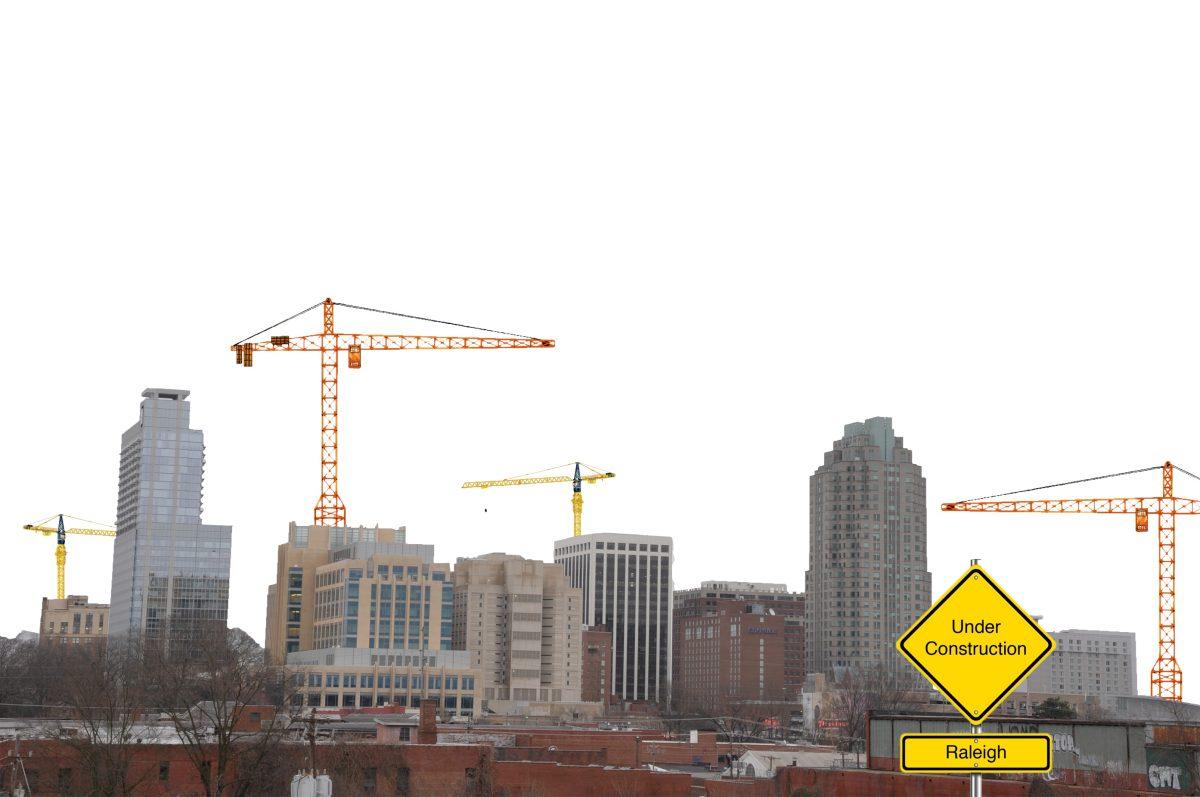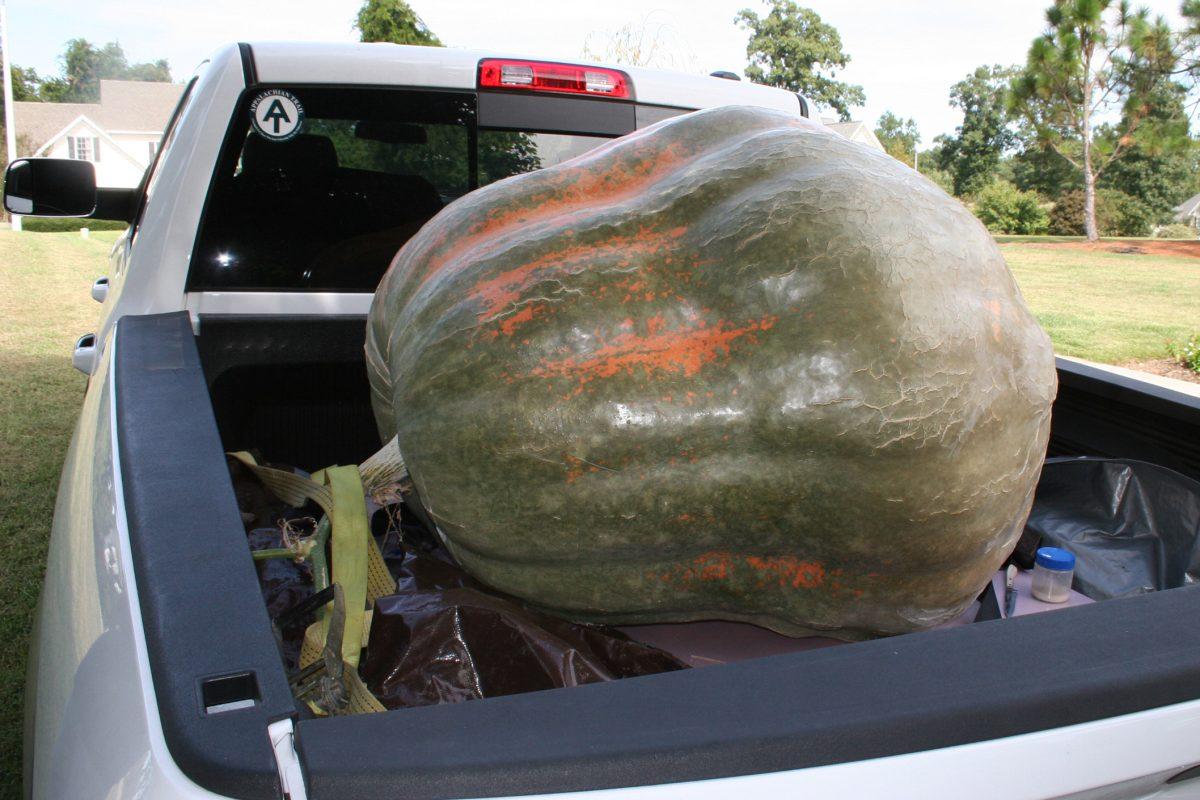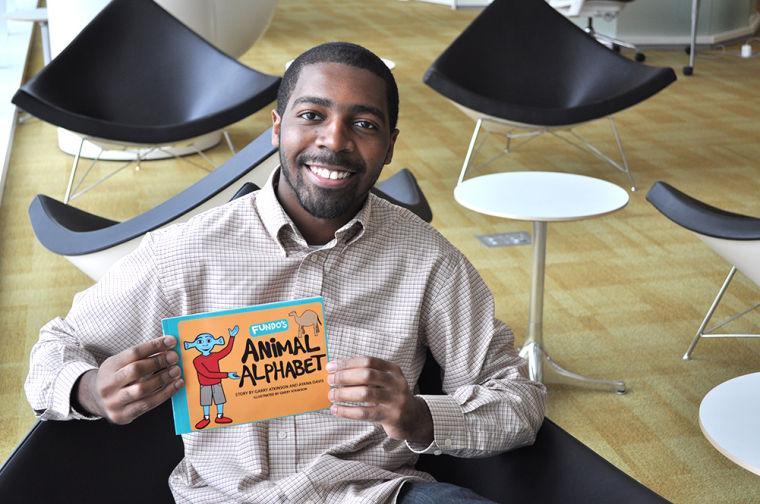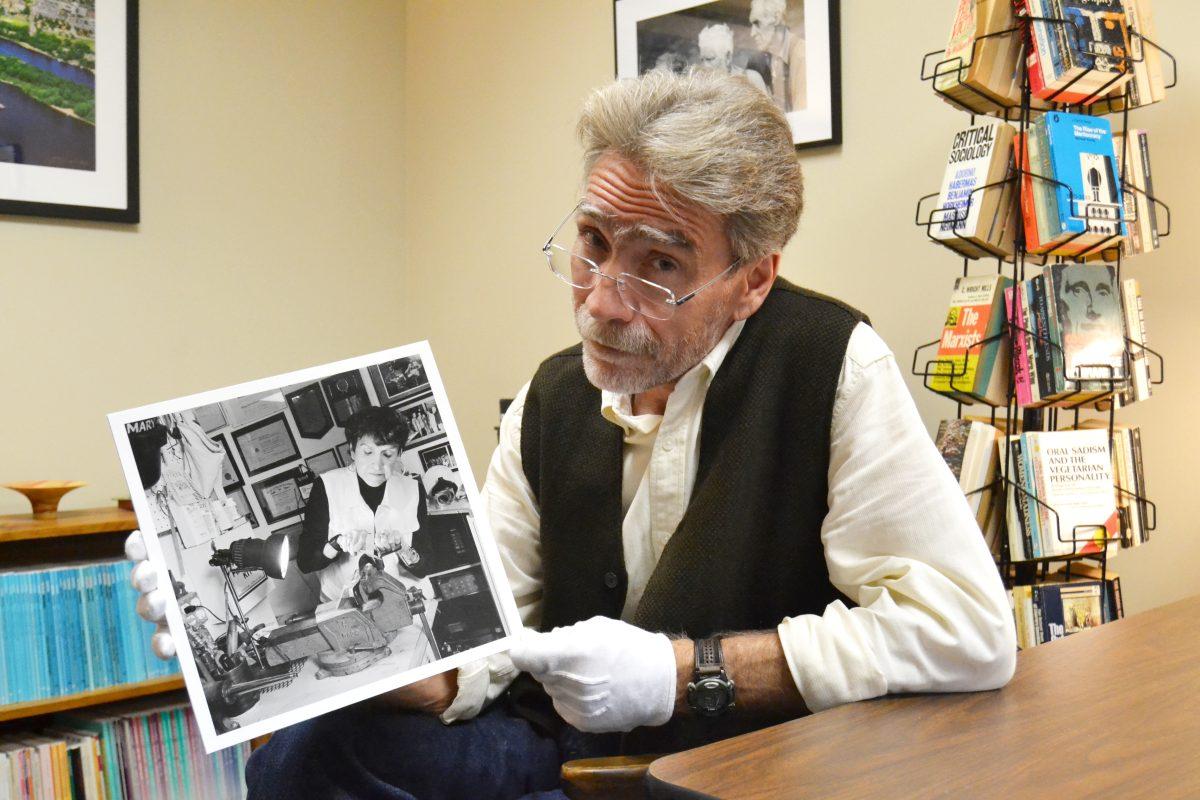Many students have noticed sounds of construction and renovation coming from beyond the vicinity of the Talley Student Center. For many city planners, the noise is a welcome sign of the city’s growth.
In January, Forbes Magazine ranked Raleigh fourth fastest growing city in the country in terms of the rate of job growth, economic growth, population growth, unemployment rate and median salary. With such metrics increasing in relation to many other cities, it may not be surprising that many investors are building more residential units and expanding businesses.
The United States Census stated that in April 2010, Raleigh’s estimated population was 403,892 people — a 46.3 percent growth since 2000. The City of Raleigh Planning and Development department also stated that investors added 55,425 new residential units to the city over the past decade — a 45.9 percent growth.
City planners have seen areas such as downtown Raleigh, West Raleigh, North Raleigh and midtown Raleigh grow in particular due to expanded interest and investment. All of these major hubs support Wake County’s economic success and prosperity.
Russell Allen, hired in 2001 as city manager, has been responsible for managing much of this growth.
“In 2001, the downtown was desperately undervalued and underutilized,” Allen said.
Allen’s “5 and 5 plan” he created in 2001 outlined the ways he approached Raleigh’s weak areas in an attempt to change them. In the plan, he marked five major changes, including the opening of the Fayetteville Street mall to traffic, the construction of a convention center and hotel, reorganization of the building code, and increases in public sector and corporate investment.
Allen said he has already accomplished many of these goals.
“The residential, retail, restaurant, art and tourist scenes are all thriving now — all things you need for a vital downtown,” Allen said.
Allen said he believes the city has grown through the parks system in Raleigh, such as the greenways, aquatic facilities and gymnasiums. He also said he believes some major businesses like Red Hat and most recently, Citrix, will add value and population to the city.
“If you do first-class public sector investment — if you upgrade the infrastructure, putting in streetscape, under-grounding utilities, making it safer and more walkable, and deal with parking — these things can really leverage huge amounts of private sector investment and make it a better place for students and citizens,” Allen said.
Matt Tomasulo, an alumnus who received his master’s degree in landscape architecture in 2012, is an urban planner and active community member of Raleigh. He created CityFabric, a company that uses city-skeleton maps in everyday fashion and household items to encourage social and civic engagement.
Tomasulo also engaged the Raleigh community through his Walk Raleigh project. He hopes to spread his program through his Walk [Your City] initiative, a guerilla way-finding project that directs pedestrians to popular locations around Raleigh based on walking time.
Raleigh recently spent $1.3 million on a traditional way-finding system downtown that included 146 signs and took about three years to plan. The signs are big, tall and inaccessible to pedestrians due to the fact that they are made for automobiles coming into and leaving town, Tomasulo said.“The city is going to be forced to grow differently than it has in the past. … We have to restrain ourselves from growing out and start growing up. … It is simply going to be too costly to serve people on the periphery if we keep growing out,” Tomasulo said.
Tomasulo believes that Walk [Your City] is about encouraging healthier communities in transitioning cities by simply changing the perception. In theory, the more people on the sidewalks, the safer and pedestrian-friendly urban landscapes become. Tomasulo said he saw an opportunity to complement these city resources and provide an enriched experience for pedestrians in cities for a fraction of the cost and time.
“When I first moved here in 2007, there was no life on the streets,” Tomasulo said. “Now you can ride through downtown and you can see life. You can see people interacting and engaging. That only spurs and attracts other people to do the same thing. That is the whole idea of life on the street and creating vibrant communities.”





